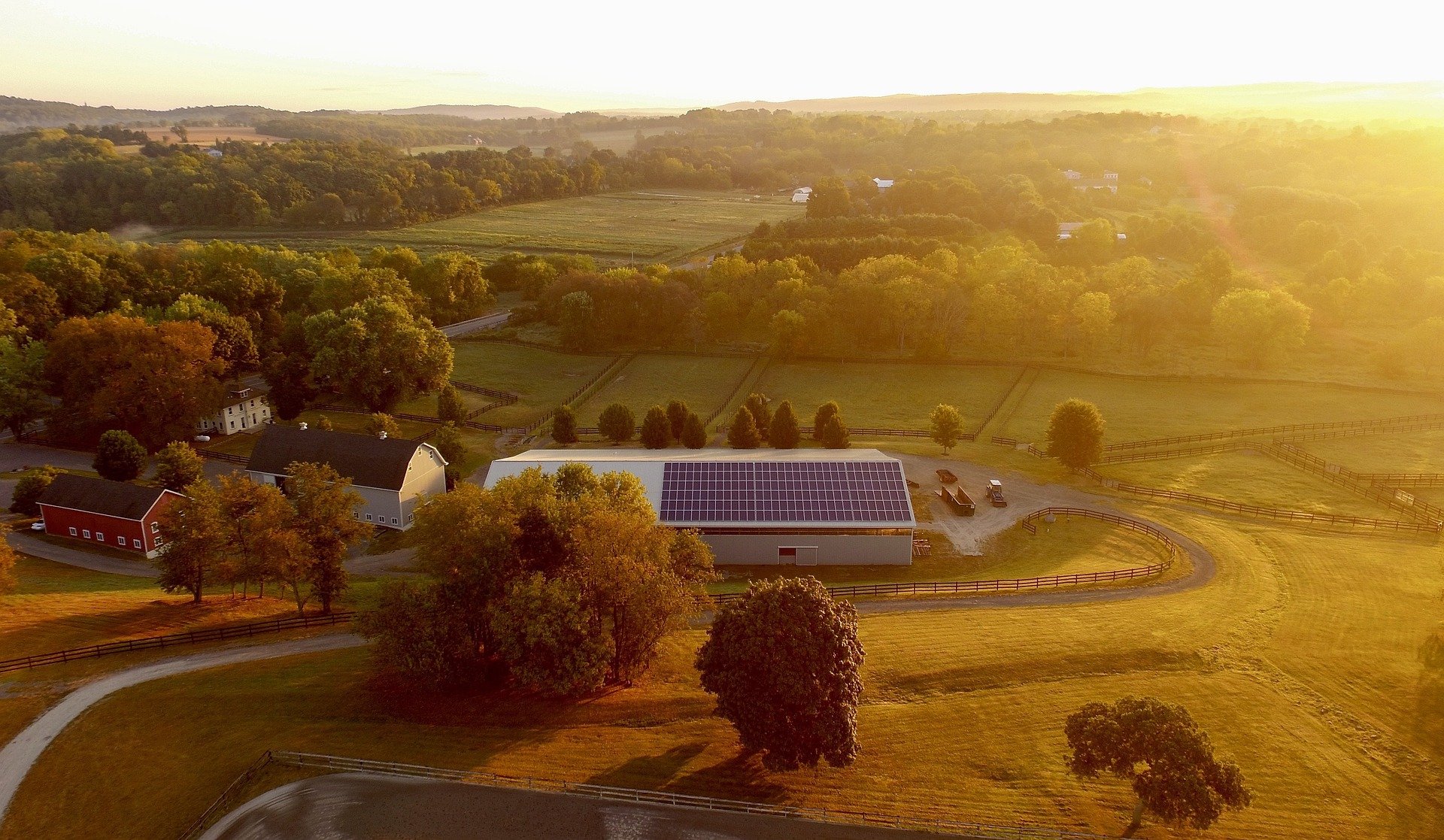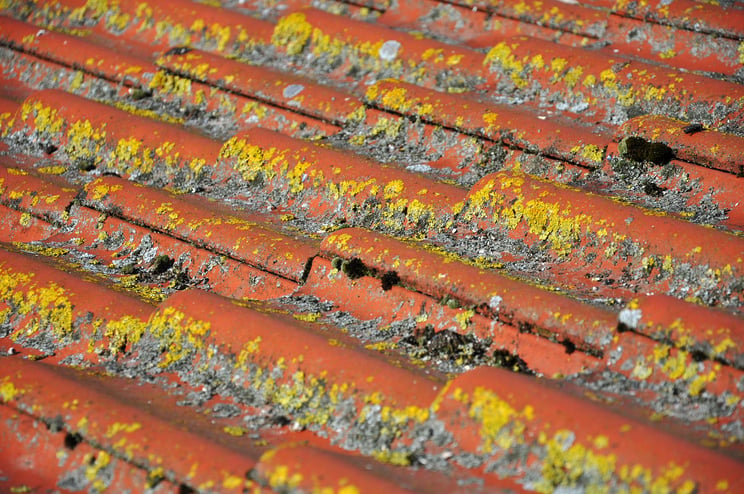Solar panels perform best when they are clean. Any dirt or growth on the modules can block out sunlight and have a substantial impact on power output. Perhaps the hardest form of soiling to remove is lichen on solar panels.
But why does it grow on solar arrays and how can we deal with it?
What is lichen?
You have likely seen lichens on trees or rocks, as growths of flakey or powdery moss-like substance. A lichen is actually a symbiotic partnership of organisms: fungi and so called ‘photobionts’, which could be algae and/or cyanobacteria.
Algae photosynthesise, producing carbon in the form of sugars. Fungi then grow on the algae, feeding on the sugar, which they cannot produce themselves. In return, it’s thought the fungi provide the algae with optimal growing conditions. Lichens are found across the world and can grow on almost any surface, such as bark, stone, walls, roofs or, indeed, solar panels.
Why lichen grows on solar panels
Solar panels are exposed to the elements. As rain runs down the glass, sometimes moisture is caught in the bottom edge of the frame. In this moisture, algae can begin to grow, helped along by the fact that solar arrays are positioned for maximum exposure to sunlight.
Eventually, if left untreated, lichen fungi can develop on the algae and bloom across the panel. The glass surface of solar panels is not completely smooth, allowing for greater light refraction. This gives the lichen microscopic pits to glue itself into, making it even harder to remove.
Risk factors for lichen growth
Lichen needs water and sunlight, both of which solar arrays are exposed to. Growth is accelerated by nutrients such as nitrogen and ammonia.
- Bird droppings are rich in nitrogen, which is fuel for lichen growth. If birds perch at the top of the panels, rain can dissolve any droppings, run down to the bottom edge and feed algae if present.
- Oak trees have been linked to an increase in lichens on modules near them within solar farms. This is likely due to rain falling through the canopy, depositing nutrient-rich bird droppings and aphids' sticky honeydew. The trees also increase local humidity, creating more favourable conditions for algae and lichens to grow. What’s less clear, as yet, is why lichen growth seems to be so much greater close to oak than any other tree species.
- Farms - particularly dairy, poultry and grain stores - contribute to high local levels of nitrogen and ammonia in the air, both of which fuel lichen growth. Cattle produce a lot of ammonia emissions around where the animals are housed, and so can poultry, especially in moist conditions. Crop spraying can catch in the wind and blow liquid or gaseous nitrogen onto nearby solar panels. Similarly, fertilisers can incur a spread of nitrogen and ammonia quite a distance.

How to prevent lichen on solar panels
In an ideal world, panels would be mounted diagonally to minimise the points at which water could pool. But this is rarely practical or the most efficient use of space.
If your panels are at greater risk from any of the factors above (e.g. on or near a farm, or oak trees), then it’s worth having regular, proactive cleaning. Cleaning every year or two should be sufficient to keep on top of any algae growth to prevent lichen forming.
If you notice an increase in algae on your solar panels, then it’s definitely worth getting them cleaned. Algae is relatively easy to wash off, while lichen is not.
How to remove lichen from solar panels
Unfortunately, lichens cannot be removed by regular low pressure washing, as they will be too ingrained in the surface of the panel. If you brush them off in dry weather, brittle fragments of lichen can spawn into new growths. So the only way to eliminate the lichen is with chemical cleaning. In extreme cases, the panels may even need to be taken down to allow cleaning at sufficient pressure to remove all the lichens.
To learn more about solar panel cleaning, please give us a call on 0118 951 4490 or download our free guide:










